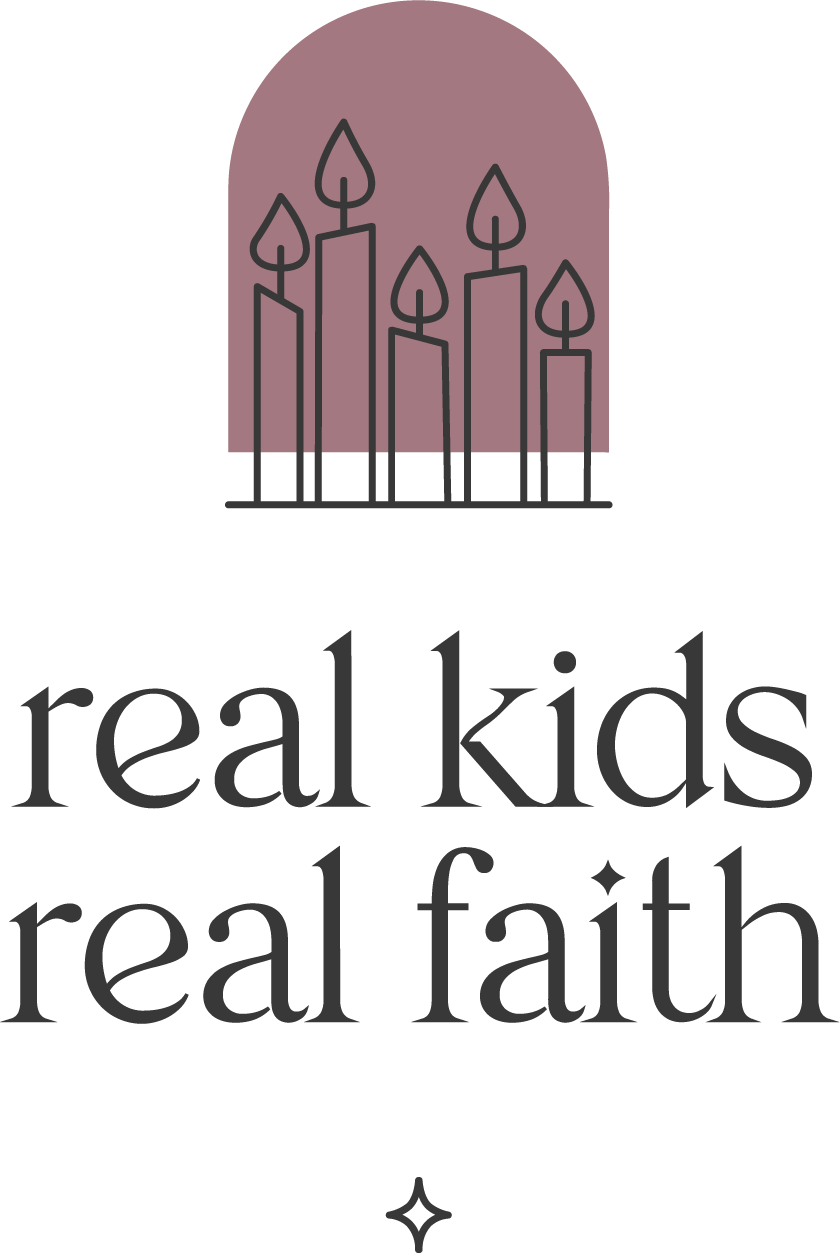One of my grown daughters will only drink grape juice if she has bread to dip in it. It’s a throwback to her childhood experiences of communion by intinction: a Christian ritual in which participants dip a piece of bread in a cup filled with juice or wine and consume it. Our faith community used grape juice, sparking a peculiar association between bread and Welch’s that persists many years later.
If you read a book about Christianity, it is unlikely to include such stories. Yet spiritual objects and experiences are much easier for children to explore than traditional histories focused on names, dates, and official statements. And when they imagine themselves as historians from the future trying to make sense of a spiritual object, they situate their own experience within a larger community of ideas and meaning-making. History teacher Benjamin Barbour has developed a 4-step process children can use to awaken their inner museum curator and analyze the spiritual artifacts of their tradition. His approach helps children better understand how meaning gets assigned to spiritual practices and explains why different people can arrive at alternative conclusions. Try it out and see what new things your family discovers about your spiritual tradition.
Step 1: Learn about artifacts. Historians define just about anything made by humans as an ‘artifact’. Within a spiritual tradition artifacts can include utilitarian objects (singing bowl, chalice, mezuzah, prayer mat), personal objects (meditation journal, photo album, sketchbook), and communal objects (spiritual books, art). Check out museum collections online to see what kinds of artifacts from your family’s spiritual tradition are on display.
Step 2: Talk about how artifacts are analyzed. Historians usually begin by examining an artifact and then asking a series of questions about it:
- What is it made of?
- Who used it?
- What was it used for?
- What does this tell you about the people who made and used it?
Answering the last two questions typically requires some research and guesswork, as not all people use artifacts in the same way. If your child has difficulty understanding that experiences can differ, talk about something else in your family that people use differently (e.g. a child uses a laptop for gaming and a parent uses it for email).
Step 3: Choose and analyze a spiritual artifact. You can pick one object for the whole family to investigate or a separate object for each person to explore. Examine the artifact carefully and describe its appearance and materials in detail. Then consider the following questions:
- How do I (we) use this artifact?
- How is it part of my (our) spiritual tradition? Think about how long it has been used by people in the tradition, who is most likely to use it, is its use private or public, etc.
- What do or might people outside our tradition say about it? Think about whether you have to explain it to others, how people react to your using it, etc.
Step 4: Share your analysis with others. Hold a family show-and-tell time to discuss your analyses (if you examined different items) or invite other members of your spiritual tradition to come (if you worked together). You might even agree with another family of the same or a different tradition to work on Steps 1-3 separately and then get together to talk about what you found.

Comments